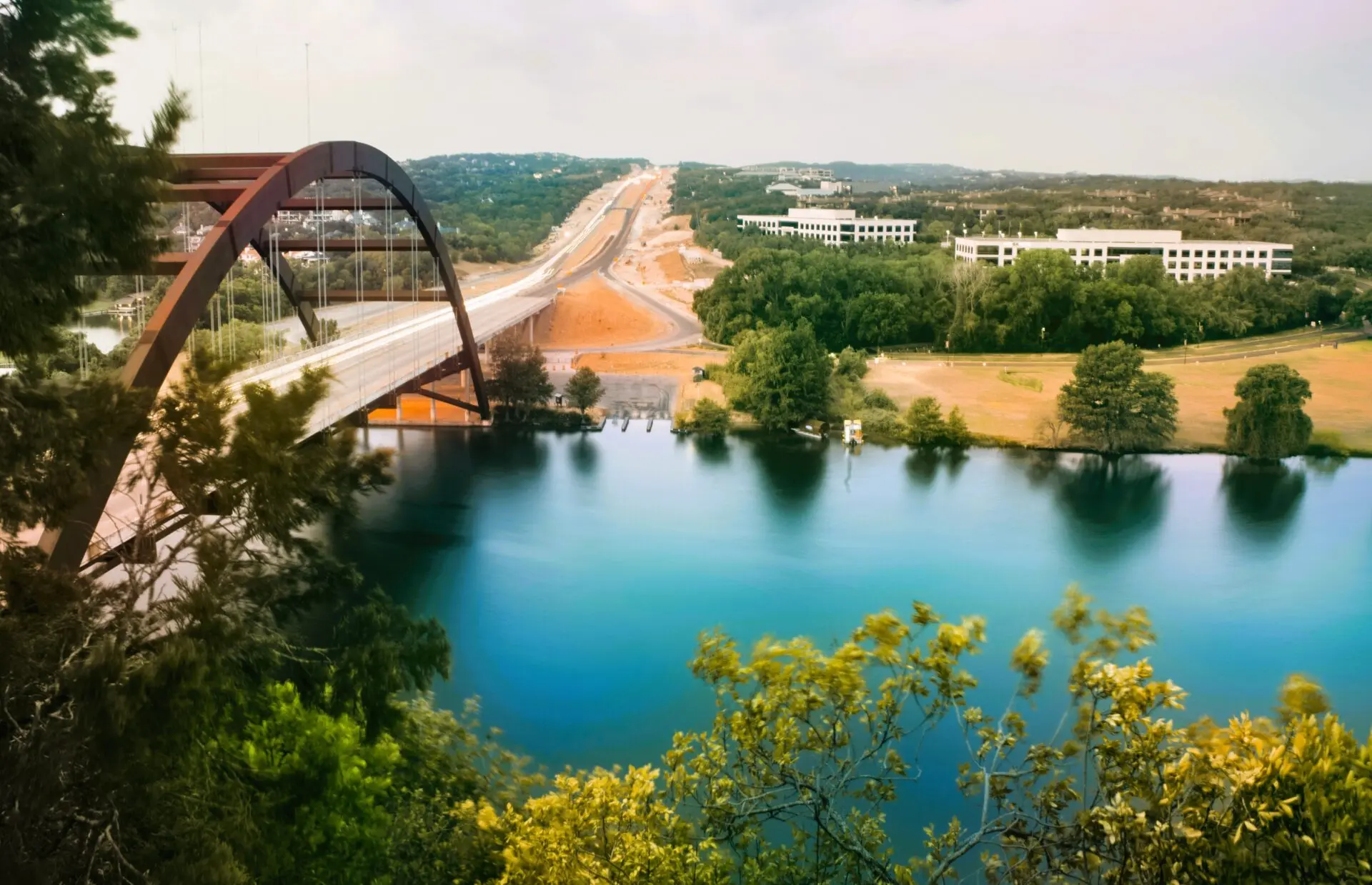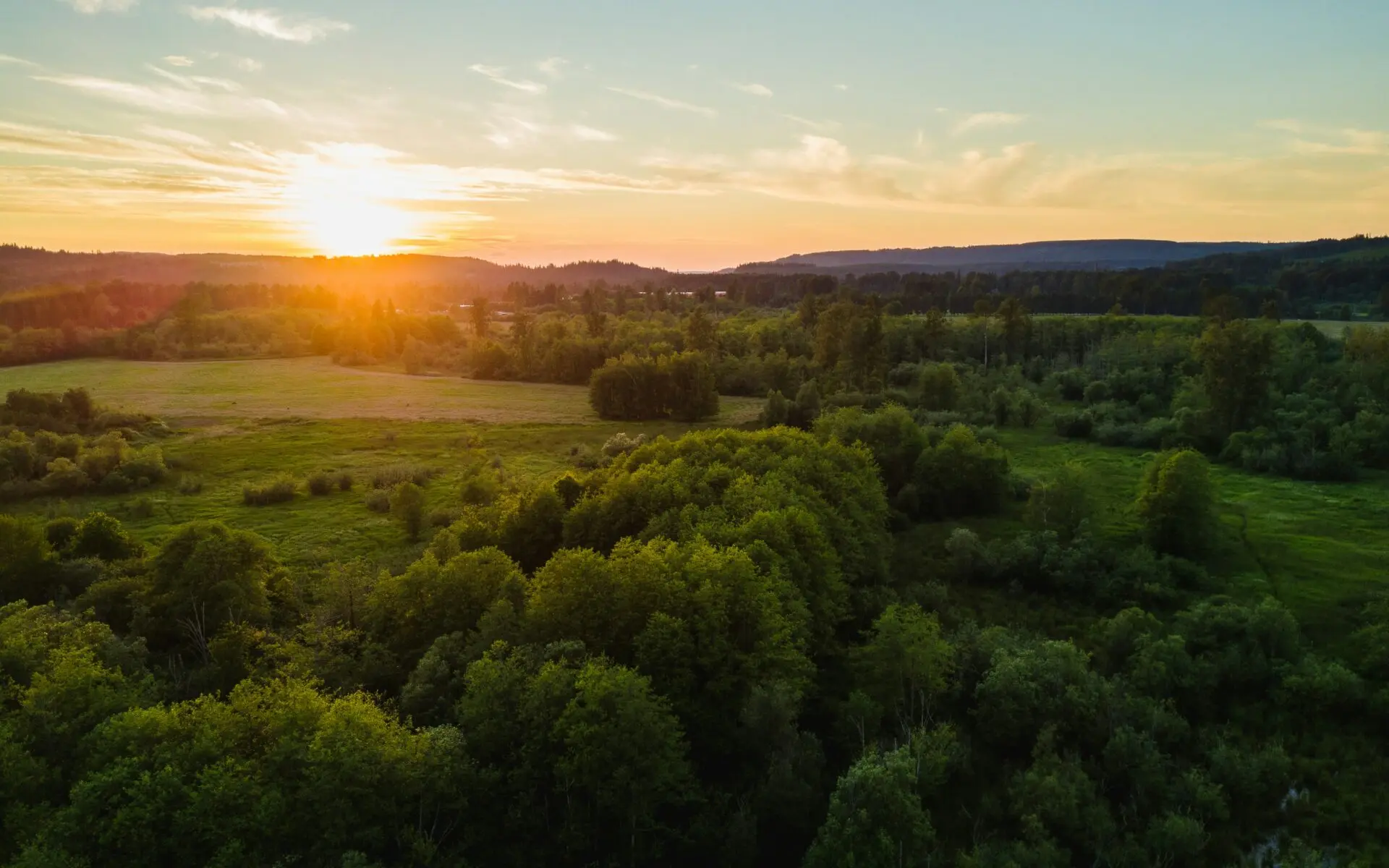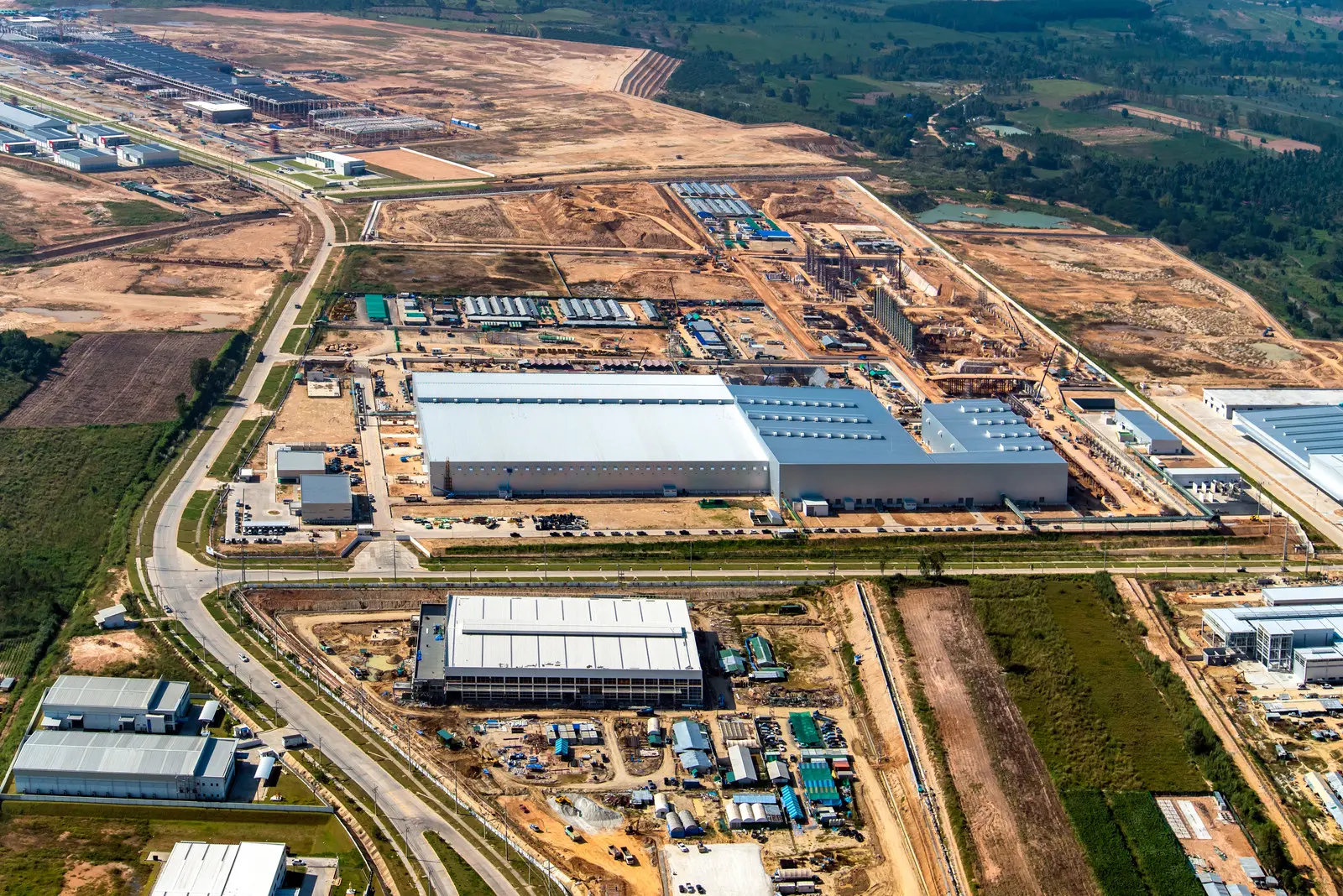New to Latapult: Three Solar Energy Community Data Layers for Tax Credit Evaluation
June 22, 2023
New: 3 Solar Energy Community Data Layers for Tax Credit Evaluation
In August 2022, Congress passed the Inflation Reduction Act to invest billions into the clean energy industry, paving the way for renewable energy in the U.S. The Act outlines various tax credits for both individuals and businesses alike in an effort to incentivize solar and renewable energy development primarily in places that depend on fossil fuels. For instance, low-income and energy communities that meet specific criteria may be eligible for additional tax credits to encourage new market participation.
Navigating these new opportunities, solar developers need a better way to determine if the land they are evaluating for their next project is eligible for these energy tax credits. Now, with Latapult, solar and renewable energy developers have the data layers needed to help do just that.
Keep reading for more information about these solar and renewable energy layers and how to use them for your next project.
Three New Solar Energy Community Data Layers
Latapult’s Energy Community data layers are broken out into three layers, including:
- Fossil Fuel Employment: Identifies a county or group of counties that meet the Fossil Fuel Employment (FFE) threshold of 0.17% or greater local tax revenues related to the extraction, processing, transport, or storage of coal, oil, or natural gas. Only a subset of these MSAs and non-MSAs will qualify as energy communities, depending on their unemployment rate for the previous year.
- Coal Closure Energy Communities: Identifies properties with coal closure or coal-fired electric generating unit retirements since 2009. This data is organized by census tracts that directly adjoin a tract with a coal closure. By applying the Census Tract data to land searches, a developer can take into account coal closure proximity — which is important to note as the closer a piece of land is to a closure, it becomes eligible for a tax credit.
- MSA/Non-MSAs Energy Communities: Identifies MSAs or non-MSAs that meet both the Fossil Fuel Employment (FFE) threshold and the unemployment rate requirement. Using the MSA/non-MSA data, a developer can determine if the land they are evaluating has a local fossil fuel employment threshold of 0.17%, the criteria needed for a tax credit.
Coal Closure Energy Communities and MSA/Non-MSAs Energy Communities represent an energy community that can potentially qualify for tax credit bonuses. While geared particularly towards determining tax credit eligibility, other groups can also use these three data layers from an environmental perspective, such as evaluating the impact of closed coal areas on surrounding geographies. Additionally, using these data layers, a coal mine can be identified for purposes of the energy community credit bonus if it is or has been in the Department of Labor’s Mine Safety and Health Administration’s (MSHA’s) “Mines” data set after Dec. 31, 1999.
Where to Find Solar Tax Credit Data Within Latapult
Now that you know what these data layers are, let’s make sure you know where to find them within Latapult. The solar energy community data layers can be found within both USA and state packages following these simple steps:
- Sign into your Latapult profile.
- Navigate to the “Energy” group.
- Click “IRA” to view the data layers: (1) fossil fuel employment, (2) coal closure energy communities, and (3) MSA/Non-MSAs energy communities.
- Toggle through each tract to provide additional information on the piece of land you are viewing.
With these new data layers at your fingertips, your team can take advantage of tax credits when embarking on your next solar development project. In turn, more communities will be given the opportunity to work and live off renewable energy to reduce reliance on fossil fuels while creating local jobs, and promoting energy independence — ultimately helping the U.S. reach its goal of 80% renewable energy generation by 2030.
For a more in-depth presentation of some of these data layers, watch this Tune-Up Tuesday video from Customer Success Manager, Kristi Perikly.








